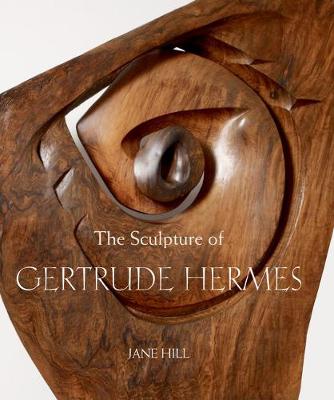The British Sculptors & Sculpture
1 total work
A graduate of Leon Underwood's Brook Green School of Art in London, Gertrude Hermes (1901-83) trained as a painter and sculptor. Hermes and her husband, Blair Hughes-Stanton, who she met at Brook Green, went on to become leading lights in the early twentieth-century's wood-engraving revival. Although their marriage was short-lived, their exuberant visual inventions for Bunyan's The Pilgrim's Progress and T.E. Lawrence's Seven Pillars of Wisdom brought them critical acclaim.
Much has been written about Hermes' career as a wood engraver. In contrast, her contribution as a sculptor has been somewhat eclipsed - until now.
The Sculpture of Gertrude Hermes presents for the first time a full analysis of the artist's entire sculptural oeuvre. Along with a comprehensive catalogue of Hermes' sculpture, Jane Hill provides a full account of the artist's life in the context of her career as a sculptor. What results is a picture of a pioneering spirit who created busts and heads, functional designs, decorative work and reliefs that are dynamic and unpredictable.
Featuring over 140 images, The Sculpture of Gertrude Hermes is a groundbreaking study of an artist so long associated with one art form. This book redresses the imbalance and creates a new and fresh perspective on an important female artist of the twentieth century.
Much has been written about Hermes' career as a wood engraver. In contrast, her contribution as a sculptor has been somewhat eclipsed - until now.
The Sculpture of Gertrude Hermes presents for the first time a full analysis of the artist's entire sculptural oeuvre. Along with a comprehensive catalogue of Hermes' sculpture, Jane Hill provides a full account of the artist's life in the context of her career as a sculptor. What results is a picture of a pioneering spirit who created busts and heads, functional designs, decorative work and reliefs that are dynamic and unpredictable.
Featuring over 140 images, The Sculpture of Gertrude Hermes is a groundbreaking study of an artist so long associated with one art form. This book redresses the imbalance and creates a new and fresh perspective on an important female artist of the twentieth century.
